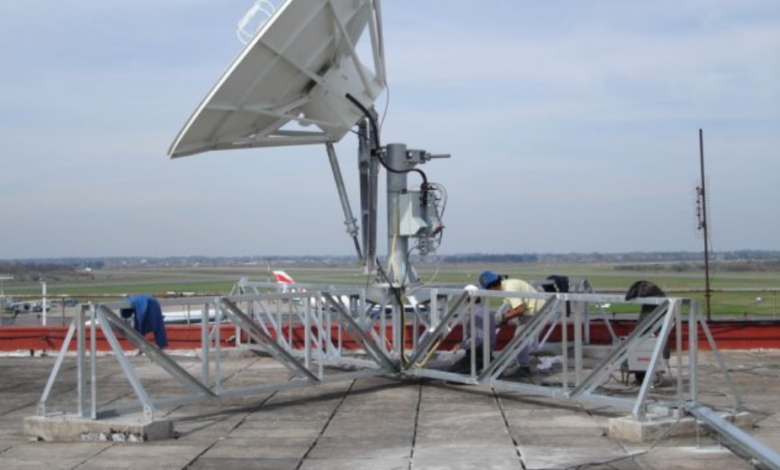Choosing the Right Multiband HF Antennas for Your Communication Needs

The antenna you choose can define the clarity, reach, and reliability of your transmissions. Among various options, multiband HF antennas stand out for their versatility. They allow operators to communicate across different frequency ranges without constantly swapping equipment. But selecting the right one involves understanding your specific requirements, installation possibilities, and technical specifications. This guide will help you navigate the choices and make an informed decision.
Evaluating Antenna Placement and Height
Placement is crucial for optimizing signal reception and transmission. Multiband HF antennas perform best when elevated and free from obstructions. Rooftops, tall masts, or open fields often provide ideal locations. The height can influence both the reach and quality of your signal. Even small adjustments in positioning can make a noticeable difference, particularly for high-frequency bands that are sensitive to surrounding structures. Consider nearby trees, buildings, and other interference sources when planning installation.
Choosing the Right HF Antennas Design for Your Needs
Different antenna designs offer varied advantages. Dipoles, verticals, and end-fed designs are among the popular types. Each has unique characteristics, influencing bandwidth, radiation patterns, and installation complexity. The multiband HF antennas come in versions that cater to specific applications, whether you prioritize portability, ease of setup, or maximum range. Understanding the strengths and limitations of each design helps you pick one that aligns with your communication goals.
See also: Exploring the Role of a Custom Smartphone Manufacturer in Modern Tech
Assessing Material Quality and Durability
Durability is often overlooked but critical, especially for outdoor setups. High-quality materials resist corrosion, weather effects, and mechanical stress. Aluminum, stainless steel, and treated copper are common choices for long-lasting performance. Multiband HF antennas exposed to harsh weather benefit from robust construction, ensuring that your investment continues to provide reliable communication for years. Consider factors like UV resistance, wind tolerance, and connector quality when evaluating options.
Tuning and Matching Considerations
Proper tuning ensures that your antenna efficiently transmits and receives signals across all intended bands. Impedance matching is a key factor in minimizing signal loss. Some multiband HF antennas include automatic or adjustable tuners, simplifying this process. Others may require external tuners or manual adjustments. Understanding your technical comfort level and the complexity of your setup is essential to avoid frustration and maximize performance.
Considering Budget and Future Expansion
Cost is always a practical consideration. Multiband HF antennas vary widely in price depending on design, materials, and brand. It’s important to balance initial investment with long-term value. Sometimes a higher upfront cost yields better durability, easier installation, and broader band coverage. Additionally, consider potential future expansions. A versatile antenna that can accommodate additional frequencies or modifications may save you money and effort down the line.
Conclusion
Selecting the right multiband HF antennas requires a careful balance of performance, durability, design, and cost. Understanding your communication needs, installation possibilities, and technical requirements ensures a reliable and efficient setup. With proper evaluation and planning, these antennas can offer exceptional versatility, allowing you to communicate effectively across multiple bands. Investing time in research now will lead to clearer signals and a smoother communication experience for years to come.




